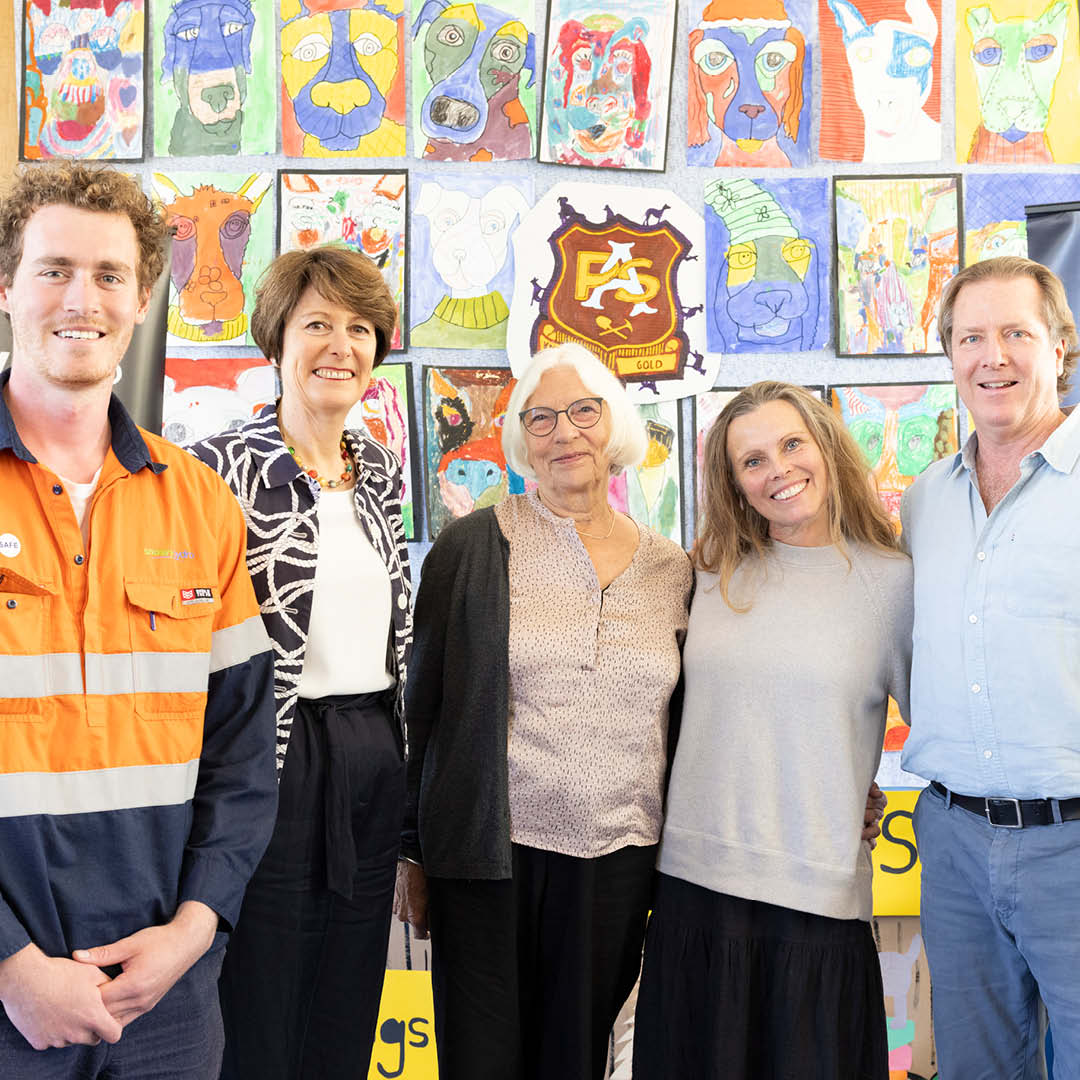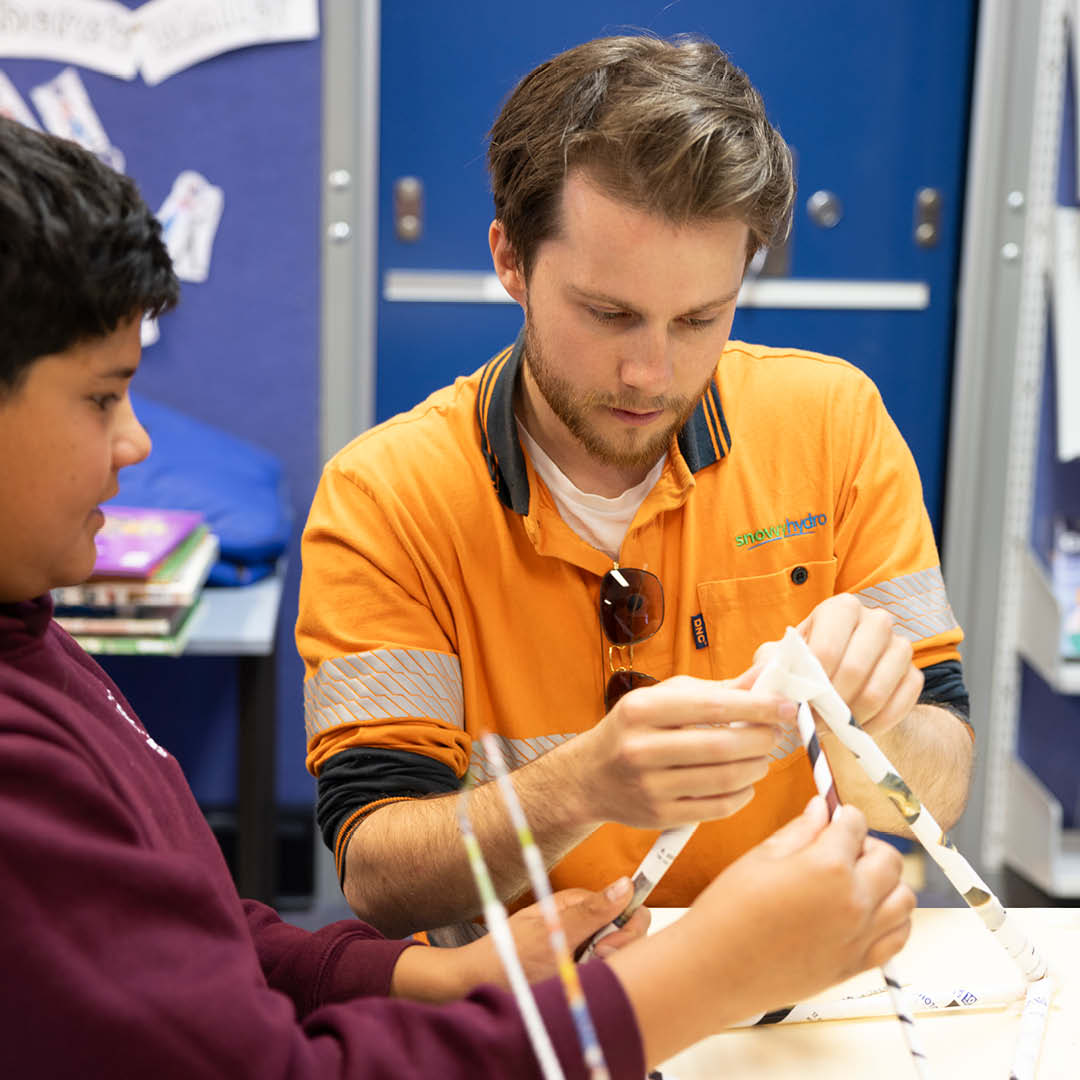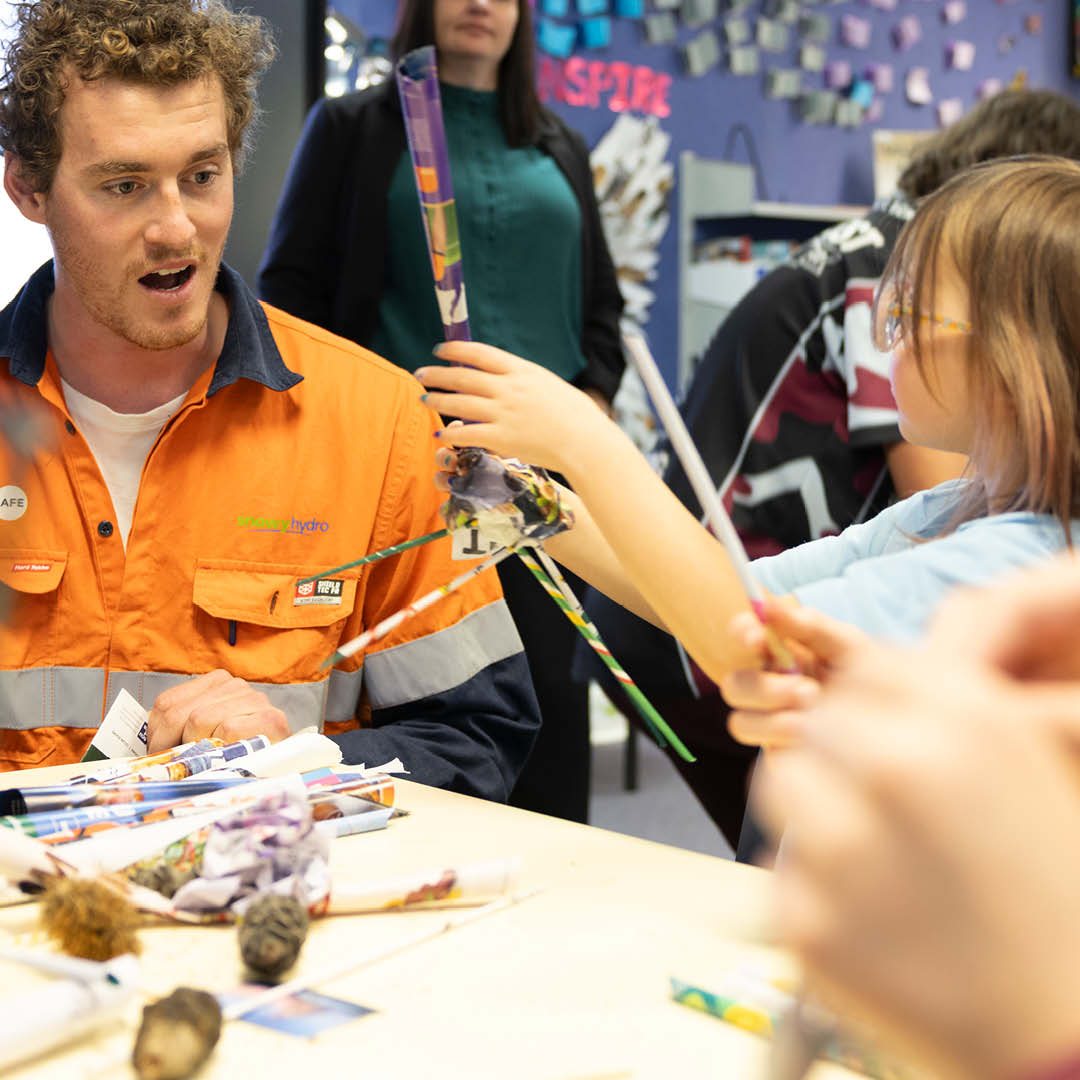Deep underground at Lobs Hole in the Snowy Mountains is the heart of Snowy 2.0, the pumped-hydro expansion of the mighty Snowy Scheme. It’s where we’re building a huge power station complex that will house equipment capable of generating 2,200 megawatts of renewable energy.
In this month’s update we’re celebrating a major power station construction milestone – the breakthrough blast of the machine hall cavern crown.
With excavation of the crown – or ceiling – of the cavern taking place from both ends, the final three metres of rock are drilled and charged with explosives according to a precise blast plan.
The tunnels are cleared and the shotfirer arms the electronic blasting system which uses a unique electrical pulse to initiate firing of the explosives.
According to Snowy 2.0 project director Dave Evans, the machine hall achievement signals further progress after the recent transformer hall cavern crown breakthrough and restart of tunnel boring machine Florence in the headrace tunnel at Tantangara.
“These milestones are only possible with the whole team working together as one, whether they are subcontractors like Orica, the company managing underground blasting operations, or the lead contractor Future Generation and Snowy working so closely together.”
To see the latest Snowy 2.0 project’s statistics, view the fact sheet here.
As the underground drill and blast works continue, the manufacturing of major hydropower components for Snowy 2.0 is also well underway.
Snowy Hydro senior quality engineer Victor Teo is based for part of the year in Shanghai, where Voith Hydro – the company producing major power station equipment for Snowy 2.0 – has a large facility.
He also travels to nearby cities including Zhuji and in his quality and compliance role, participates in factory acceptance tests and hold point inspections for components being fabricated by subcontractor Shenke such as the draft tube liners and cones, and the huge stator frames.
The draft tube liners funnel water into and out of the power station turbines and are comprised of six segments. They are 4.6 metres high, 30 metres long and weigh 40 tonnes when assembled.
The six stator frames that house the generator are fabricated in two halves and are welded together for a total weight of more than 400 tonnes.
Snowy Hydro has an integral part to play in establishing high standards of equipment manufacturing, which meet the engineering requirements for our critical Snowy 2.0 project infrastructure.






